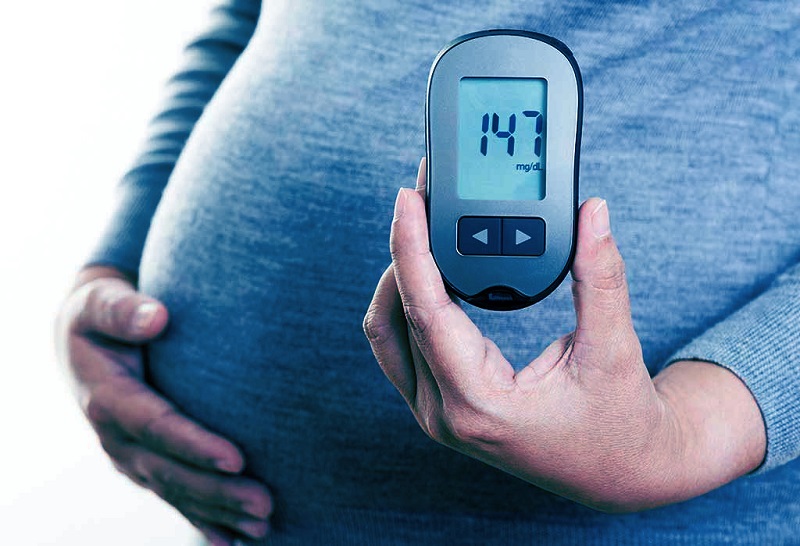Changing the way gestational diabetes is diagnosed could reduce harm to mothers and babies.
The University of Auckland researchers, based at the Liggins Institute, tested the blood-sugar level currently used in Aotearoa New Zealand to diagnose diabetes that can develop during pregnancy against a lower level commonly used overseas.
“Treatment for gestational diabetes improves mothers’ and babies’ health but it has been unclear what level of blood sugar should be used to make the diagnosis” says lead investigator, Professor Caroline Crowther.
A total of 4061 women were randomised into the two diagnostic groups. In the group where the lower blood-sugar threshold was used, twice as many women were diagnosed with gestational diabetes and treated — 15.3{6e12a2e05a0c2280a85833c7914b67671bd2a199f7692bdfeae2a48d81369339} of women (310 out of 2022) compared with 6.1{6e12a2e05a0c2280a85833c7914b67671bd2a199f7692bdfeae2a48d81369339} of women (124 of 2039) in the higher blood-sugar threshold group).
Overall, the chance of having a baby born larger than expected for its gestation, which can cause complications during the birth, — the primary outcome of the trial, published in the New England Journal of Medicine on 18 August — was not different between the groups.
Babies born to mothers in the lower blood sugar diagnostic group were more likely to be treated for low blood sugar after birth and the women were more likely to have labour induced, receive pharmaceutical treatment for diabetes, and use more health services compared with women in the higher blood sugar diagnostic group.
“These findings were driven by the differences seen in the 373 (9.2{6e12a2e05a0c2280a85833c7914b67671bd2a199f7692bdfeae2a48d81369339}) women with mild gestational diabetes who were diagnosed and treated for diabetes if they were assigned to the lower threshold group (n = 195) but who were not diagnosed and therefore not treated for diabetes if they were assigned to the higher threshold group (n = 178),” Professor Crowther says.
In these women there were important benefits for their health and that of their babies. A dangerous condition, pre-eclampsia, was less common in women in the diagnosed and treated group (0.5{6e12a2e05a0c2280a85833c7914b67671bd2a199f7692bdfeae2a48d81369339} compared with 5.6{6e12a2e05a0c2280a85833c7914b67671bd2a199f7692bdfeae2a48d81369339}).
Birth of a baby born larger than expected for its gestation was reduced in the lower blood sugar group compared to the higher blood-sugar group (6.2{6e12a2e05a0c2280a85833c7914b67671bd2a199f7692bdfeae2a48d81369339} versus 18.0{6e12a2e05a0c2280a85833c7914b67671bd2a199f7692bdfeae2a48d81369339}). This was linked with a reduced risk of birth complications.




